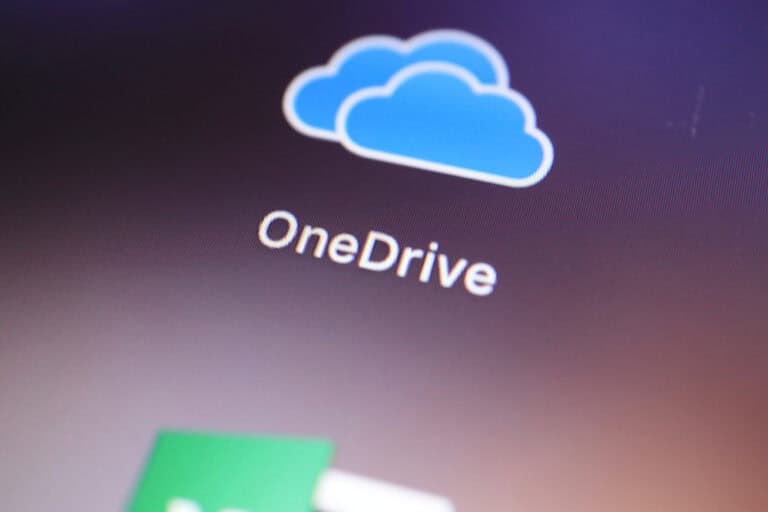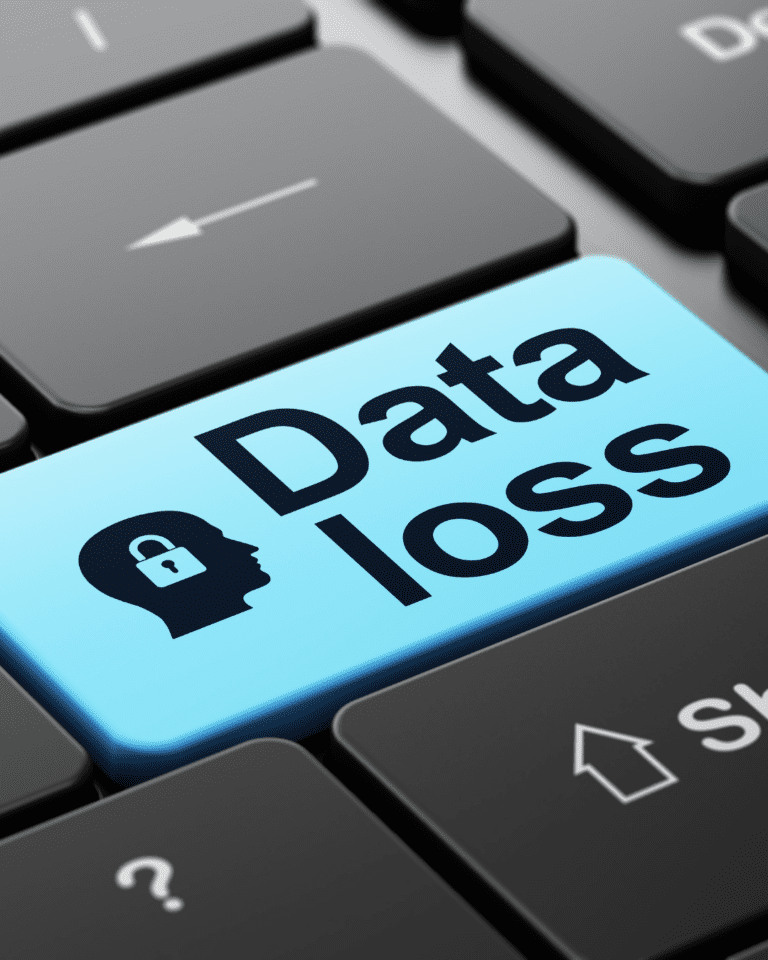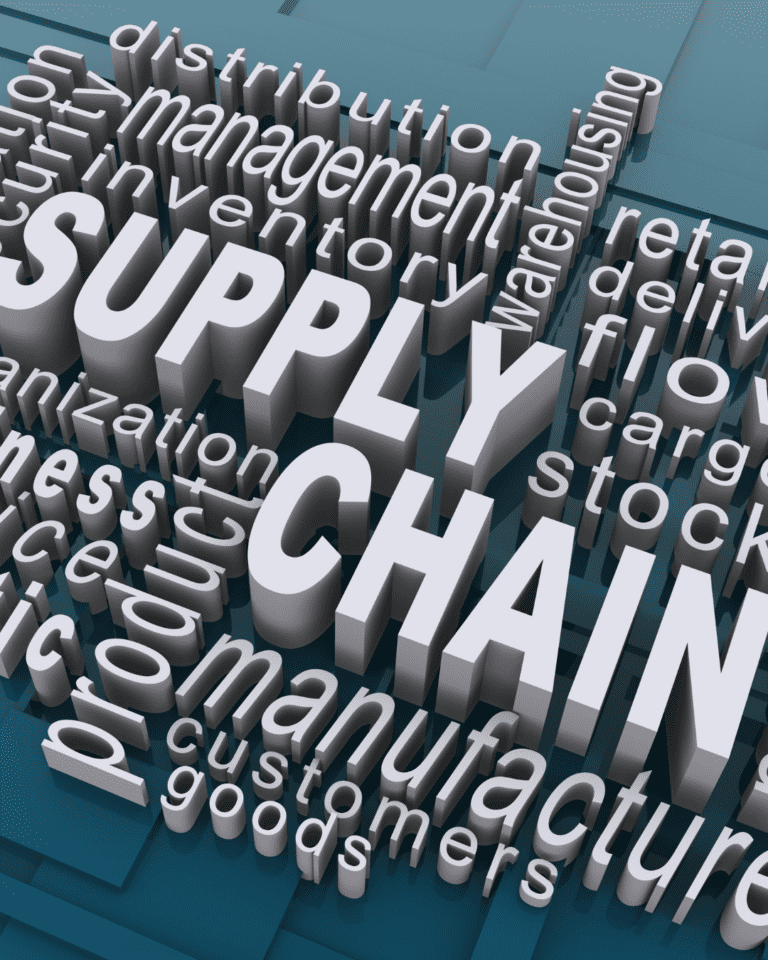Introduction
As we all know, fast and reliable connectivity is central to modern business.
Businesses are doing more online today than they were two or three years ago. Digital transformation is no longer a trite phrase or vague ambition. Increasingly, it is a business necessity. Much of what we’re doing online is central to the functioning of our organisations. We communicate and collaborate with VoIP, video conferencing and chat.
connectivity is central
We tempt customers with slick websites and seal the deal with fast, polished e-commerce stores. Many back-office functions – from bookkeeping to account management – are achieved via tools hosted in the cloud.
Everything from stock control to data analysis is now tasked to connected digital tools and apps, and we’ve barely scratched the surface of what AI, VR and the Internet of Things (IoT) can do. We could continue but suffice to say that businesses’ reliance on being online is only going to grow.
This brings huge opportunities and one extremely significant risk; if you don’t have the right connectivity, you can’t keep up.
Cloud-based Software as a Service (SaaS) solutions
Cloud-based Software as a Service (SaaS) solutions in particular are filtering through all strata of business, bringing enterprise-grade applications to SMEs and even small offices and one-man bands. They’re levelling the playground and allowing smaller businesses to compete with large competitors on equal terms. But only if they have the connectivity to match their digital ambitions.
In the rest of this guide, we’ll look at what your connectivity options are, and what you need to think about before deciding whether to upgrade your internet connection or stick with what you’ve got.
Connectivity options can sound complex, but in practice there are four main ways of getting online:
Four things to consider when moving to the cloud
Cloud hosted telephony future-proofs communication strategies by replacing physical systems with a more manageable and cost-effective alternative – but there are still some key things to consider:
Standard Broadband
Also known as ADSL or, more likely, ADSL2, standard broadband is the oldest and cheapest broadband option around. With ADSL, digital traffic travels across copper telephone wires all the way from the internet to your premises.
ADSL is affordable and common, but it is the slowest option with download speeds up to 20Mbps. Even then, most businesses won’t achieve those maximum speeds.
Superfast Broadband
Also known as Fibre to the Cabinet (FTTC) or hybrid fibre, superfast broadband uses fibre optic cables to carry digital traffic from the internet to your local exchange. Data then switches onto copper wires for the short hop to your premises.
The fibre part of the journey ups speeds significantly, to a maximum download of around 80Mbps. But the continued reliance on copper wiring for the last stretch means speeds slow down the further you are from the exchange.
Ultrafast Broadband
Ultrafast broadband usually refers to full-fibre (FTTP), though it can also mean a hybrid technology called G.fast. Download speeds start at 100Mbps but can go up to 1Gbps and more. Many ultrafast services currently offer maximum speeds of around 300Mbps, but you can get more if you want it.
With full fibre, data travels on fibre optic cables all the way from the internet to your premises, which means you don’t suffer any slowdown for being further away from the exchange. Full fibre is currently the gold standard of broadband connectivity.
Leased Lines
Whichever broadband you choose, your data will use the same lines as other businesses in your area. By contrast, leased lines provide a dedicated connection for your exclusive use. That means they’re uncontended (there’s only your traffic on the line) and symmetrical (you get the same upload and download speeds – which is great for VoIP and video calls).
Leased lines are reliable, and the speed, uptime and repair times set out in Service Level Agreements (SLA) are usually more stringent than broadband equivalents. The exact speed you get will depend on the type of leased line you choose – we’ll explore those on the next page.
Leased Lines Explained
GEA
GEA is the most cost-effective leased line for small offices with moderate bandwidth demands, offering upload and download speeds of up to 20Mbps. GEA is quick to implement and uses an FTTC-enabled exchange, with copper over the last mile.
EFM
EFM is a good choice for small and medium-sized offices, offering upload and download speeds up to 35Mbps. It’s faster than GEA and quicker to implement than Fibre and is available even if you don’t have a local FTTC-enabled exchange.
Fibre
Fibre is the ideal choice for larger offices or any business with high bandwidth demands, offering ultra- reliable speeds of between 1Mbps and 10Gbps. Fibre is the right option for businesses that need guaranteed, high performance connectivity.
Fibre vs Copper
With broadband in particular, the general rule is that the more fibre your connectivity contains, the better it will be. Fibre is both faster and more reliable than copper, and though many small businesses remain on ADSL, the vast majority are likely to upgrade to a fibre alternative sooner rather than later. The difference in cost between the two is now minimal, making the benefits of fibre hard to ignore.





